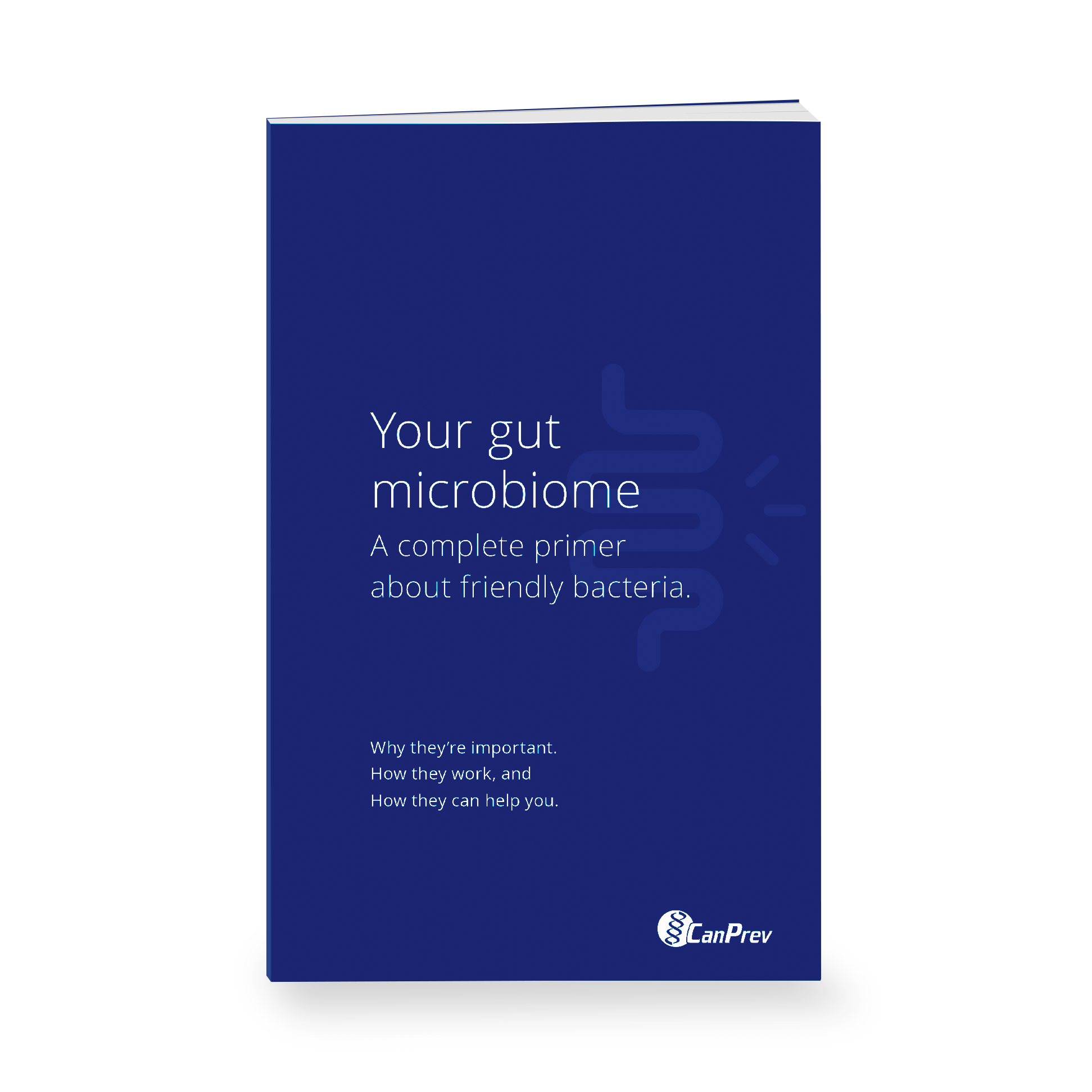Health seeker, did you know that 20 to 40% of the population will visit their healthcare practitioner for symptoms of chest pain at some point in their lifetime?
Are you having a heart attack… or is it angina? Or maybe it’s *only* heartburn, and while that’s still a really uncomfortable feeling, you don’t want to feel embarrassed going to the doctor because you may have eaten too much spicy food?!
Let’s learn more about the differences between Angina & Heartburn – and why it’s easy to confuse their symptoms with Heart Attack.
(even experienced medical practitioners can have trouble telling the difference!)
Heartburn 101:

ACID REFLUX refers to the backward flow of stomach acid into the esophagus. You may taste regurgitated food or a sour liquid at the back of your mouth, or feel a burning sensation in your chest.
HEARTBURN is the more commonly used term for acid reflux.
INDIGESTION (or dyspepsia) is a term often used synonymously with heartburn or acid reflux, but may also refer to a multitude of symptoms when someone is having difficulty digesting their food, which could include experiencing heartburn.
GERD, or GastroEsophageal Reflux Disease, is a more severe and chronic form of acid reflux.
Other signs and symptoms of GERD may include:
- Regurgitation of food or sour liquid
- Difficulty swallowing
- Coughing or wheezing
- Chest pain or discomfort, especially when lying down
But, the most common symptom of GERD is frequent heartburn.
How to Manage Heartburn and GERD?
- Stomach acid production peaks around 3 hours after eating, so don’t lie down during that time.
- Make your midday meal the main one of the day
- Have a smaller dinner in the early evening
- Avoid snacking before bedtime
- Foods that contribute to reflux differ for each individual – learn what your trigger foods are.
- Fatty foods, onions, chocolate, coffee, soda/colas, tomatoes, and citrus juices are common offenders that are known to stimulate excess stomach acid production and/or irritate the esophagus.
- Try removing one or two suspected trigger foods at a time until you find what works best.
- If you’re carrying a few extra pounds, losing even a small amount of weight can reduce the intensity or frequency of GERD symptoms.
- Stress makes reflux worse – as it does with many health conditions!
- Practicing yoga, meditation or breathing exercises are excellent (and easy) non-medical treatments for occasional reflux.
- For occasional reflux, try CanPrev’s pH-Pro – a natural antacid with the green superfood spirulina!
So, then what exactly is ANGINA?
 An episode of angina usually involves chest pain (or pressure and squeezing in the chest area) which occurs when the heart muscle doesn’t get enough oxygen-rich blood.
An episode of angina usually involves chest pain (or pressure and squeezing in the chest area) which occurs when the heart muscle doesn’t get enough oxygen-rich blood.
Angina is caused by vessel narrowing, rather than the supply of blood being reduced to the heart caused by coronary artery blockage, as is the case in a heart attack.
The pain from angina can also occur in the shoulders, arms, neck, jaw or back, and can certainly feel similar to the pain felt in a heart attack.
The most common form – stable angina, is temporary pain that goes away after rest or medication. But angina can be a precursor to a more serious heart condition and increases the risk of having a heart attack.
Is it Heartburn or Angina… or worse?!
While there is some overlap in the various symptoms, there are some indicators unique to GERD (& heartburn) and angina.
→ For example, if the chest pain is focused underneath your breastbone, it gets worse upon exertion, it improves with rest, or it radiates down both arms — it is more likely to be ANGINA.
→ On the other hand, chest pain that gets worse when lying down or when bending over is more likely to be caused by GERD.
An experienced medical practitioner would use other diagnostic tools to determine the cause of your chest pain, including whether you may have a more serious heart condition or if you are at risk for heart attack.
But, what if I AM having a heart attack?!
 You shouldn’t mess around with your symptoms if chest pain is one of them OR you have one or more of the risk factors for heart attack, like:
You shouldn’t mess around with your symptoms if chest pain is one of them OR you have one or more of the risk factors for heart attack, like:
- Being a smoker
- Excessive alcohol consumption
- Overweight and/or inactive
- High blood pressure
- High cholesterol and/or elevated blood lipid levels (triglycerides)
- Diagnosed with coronary artery disease (CAD)
{Psst…Here are 5 ways to lower your blood pressure naturally!}
Heart attack often comes with other symptoms, besides chest pain:
- Pain, pressure, tightness or a squeezing sensation in the jaw, chest, arms, shoulders and/or back
- Breaking out in a cold sweat
- Being short of breath, difficulty breathing
- Feeling sick, nauseous or vomiting
- Feeling very tired or lacking in energy
- Feeling suddenly dizzy or lightheaded
It’s best to make an appointment right away with a Medical Practitioner if you’ve experienced any of the above symptoms in the past, and you should go straight to the ER if you begin having chest pain, especially when accompanied by any of the above symptoms.
If in doubt… check it out!
The heart is a complex organ and is susceptible to damage and injury. That’s why it’s important to protect it and keep it as healthy and strong as possible – even before you feel any symptoms!
To support your circulatory system and boost heart health, try CanPrev’s Magnesium Cardio and Healthy Heart – which boasts an impressive 200mg dosage of the heart-specific antioxidant Coenzyme Q10!
STUDIES, REFERENCES & RECOMMENDED READING
International Archives of Medicine Journal (Dec 2009): Heartburn or Angina? Differentiating gastrointestinal disease in primary care patients presenting with chest pain
American Heart Association: Understand Your Risks to Prevent a Heart Attack
Mayo Clinic: Heartburn or Heart Attack – When to Worry
CanPrev: Cholesterol & Women’s Heart Health – What You Need to Know







Leave A Comment